
Kód: 09384414
Erotic Life of Manuscripts
Autor Yii-Jan Lin
Since the New Testament's inception as written text, its manuscripts have been subject to all the dangers of history: scribal error, emendation, injury, and total destruction. The traditional goal of modern textual criticism has b ... celý popis
- Jazyk:
 Angličtina
Angličtina - Väzba: Pevná
- Počet strán: 224
Nakladateľ: Oxford University Press Inc, 2016
- Viac informácií o knihe

Mohlo by sa vám tiež páčiť
-
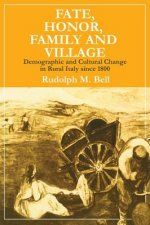
Fate, Honor, Family and Village
74.15 € -

Spenser Goes North
37.68 € -
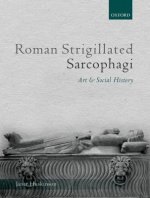
Roman Strigillated Sarcophagi
226.36 € -
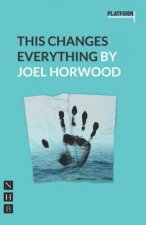
This Changes Everything
12.59 € -13 % -
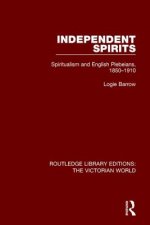
Independent Spirits
245.72 € -
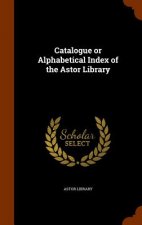
Catalogue or Alphabetical Index of the Astor Library
49.67 € -
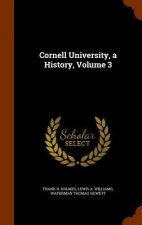
Cornell University, a History, Volume 3
49.67 €
Darčekový poukaz: Radosť zaručená
- Darujte poukaz v ľubovoľnej hodnote, a my sa postaráme o zvyšok.
- Poukaz sa vzťahuje na všetky produkty v našej ponuke.
- Elektronický poukaz si vytlačíte z e-mailu a môžete ho ihneď darovať.
- Platnosť poukazu je 12 mesiacov od dátumu vystavenia.
Viac informácií o knihe Erotic Life of Manuscripts
Nákupom získate 429 bodov
 Anotácia knihy
Anotácia knihy
Since the New Testament's inception as written text, its manuscripts have been subject to all the dangers of history: scribal error, emendation, injury, and total destruction. The traditional goal of modern textual criticism has been to reconstruct an "original text" from surviving manuscripts, adjudicating among all the variant texts resulting from the slips, additions, and embellishments of scribal hand-copying. Because of the way manuscripts circulate and give rise to new copies, it can be said that they have an "erotic" life: they mate and breed, bear offspring, and generate families and descendants. The Erotic Life of Manuscripts explores this curious relationship between the field of New Testament textual criticism and the biological sciences, beginning in the eighteenth century and extending into the present. New Testament textual critics who used language to group texts into families and genealogies were not pioneering new approaches, but rather borrowing the metaphors and methods of natural scientists. Texts began to be classified into "families, tribes, and nations," and later were racialized as "African" or "Asian," with distinguishable "textual physiognomies" and "textual complexions." These genealogies would later be traced to show the inheritance of "corruptions" and "contamination" through generations, an understanding of textual diversity reflective of eighteenth- and ninteenth-century European anxieties over racial corruption and degeneration. While these biological metaphors have been powerful tools for textual critics, they also produce problematic understandings of textual "purity" and agency, with the use of scientific discourse artificially separating the work of textual criticism from literary interpretation. Yii-Jan Lin traces the use of metaphors and methods from the biological sciences by New Testament textual critics to show how the use of biological classification, genealogy, evolutionary theory, and phylogenetics has shaped--and limited--the goals of the field, the greatest of which is the establishment of an authoritative, original text. The conclusion of this study proposes new metaphors for the field.
 Parametre knihy
Parametre knihy
Zaradenie knihy Knihy po anglicky Humanities Religion & beliefs Religion: general
173.61 €
- Celý názov: Erotic Life of Manuscripts
- Podnázov: New Testament Textual Criticism and the Biological Sciences
- Autor: Yii-Jan Lin
- Jazyk:
 Angličtina
Angličtina - Väzba: Pevná
- Počet strán: 224
- EAN: 9780190279806
- ISBN: 019027980X
- ID: 09384414
- Nakladateľ: Oxford University Press Inc
- Hmotnosť: 444 g
- Rozmery: 245 × 164 × 23 mm
- Dátum vydania: 18. February 2016
Obľúbené z iného súdka
-

As a Man Thinketh
6.65 € -
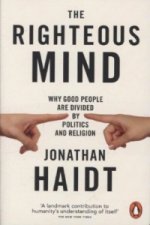
The Righteous Mind
14.43 € -23 % -

Screwtape Letters
11.15 € -23 % -

The Perennial Philosophy
16.69 € -14 % -
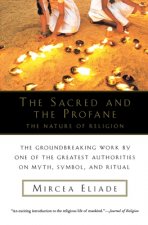
Sacred and the Profane
14.43 € -16 % -

Secular Age
88.18 € -
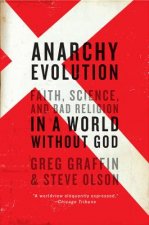
Anarchy Evolution
15.35 € -21 % -
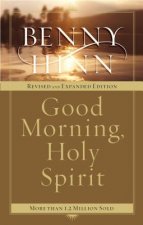
Good Morning, Holy Spirit
16.58 € -23 % -
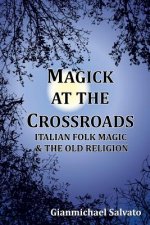
Magick at the Crossroads: Italian Folk Magic & the Old Religion
25.19 € -

How Quantum Activism Can Save Civilization
20.99 € -2 % -
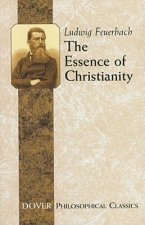
Essence of Christianity
12.79 € -4 % -

The Psychology of Selling
15.56 € -22 % -
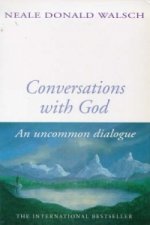
Conversations With God
12.28 € -23 % -
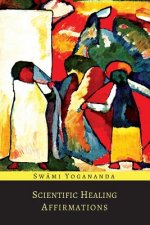
Scientific Healing Affirmations
6.85 € -
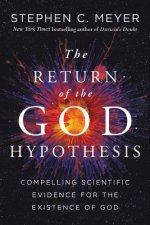
Return of the God Hypothesis
24.16 € -23 % -
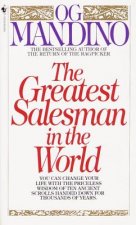
The Greatest Salesman in the World
8.90 € -22 % -
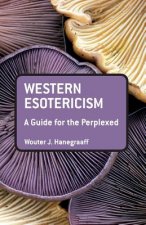
Western Esotericism: A Guide for the Perplexed
46.49 € -
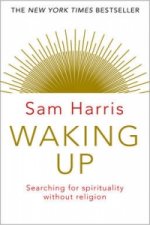
Waking Up
10.95 € -24 % -
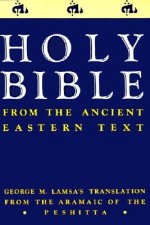
Holy Bible
60.01 € -
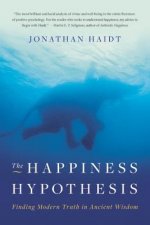
The Happiness Hypothesis: Finding Modern Truth in Ancient Wisdom
16.58 € -22 % -
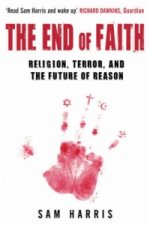
End of Faith
9.93 € -17 % -
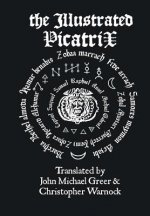
Illustrated Picatrix: the Complete Occult Classic of Astrological Magic
62.78 € -
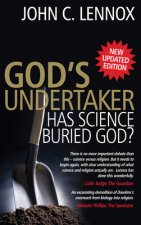
God's Undertaker
12.28 € -23 % -
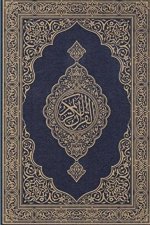
Koran
21.91 € -
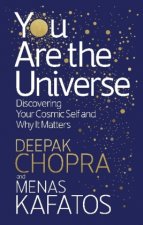
You Are the Universe
15.46 € -23 % -
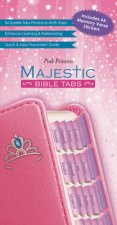
Princess Majestic Bible Tabs
7.16 € -5 % -
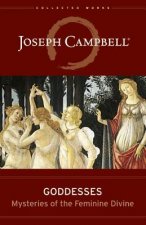
Goddesses
22.83 € -19 % -
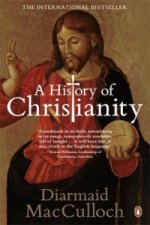
History of Christianity
18.63 € -23 % -
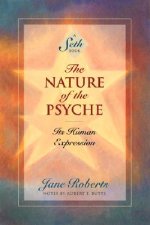
Nature of the Psyche
17.71 € -17 % -
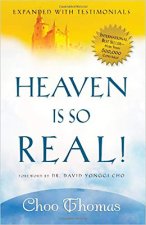
Heaven is So Real
13.20 € -19 % -
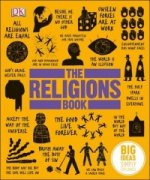
Religions Book
19.96 € -22 % -
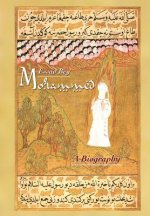
Mohammed
21.91 € -
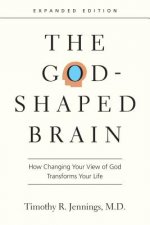
God-Shaped Brain
17.30 € -19 % -
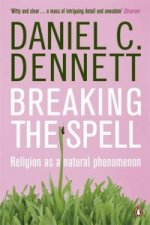
Breaking the Spell
12.79 € -24 % -
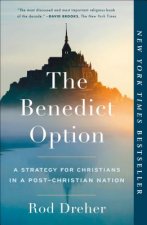
Benedict Option
15.56 € -22 % -
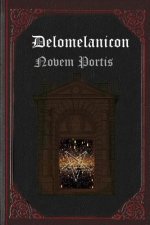
Delomelanicon
37.99 € -

Varieties of Scientific Experience
24.37 € -7 % -
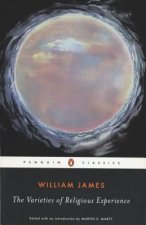
Varieties of Religious Experience
14.64 € -20 % -
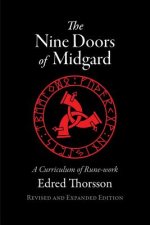
Nine Doors of Midgard
26.11 € -
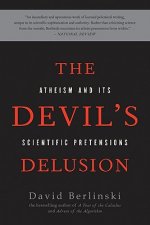
Devil's Delusion
21.29 € -
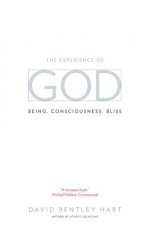
Experience of God
17.81 € -17 % -
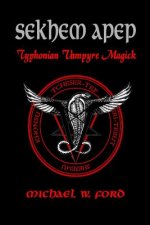
Sekhem Apep
25.08 € -
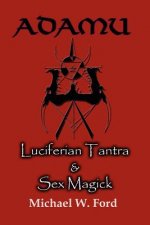
ADAMU - Luciferian Tantra and Sex Magick
20.89 € -
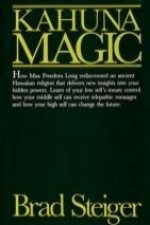
Kahuna Magic
11.77 € -5 % -
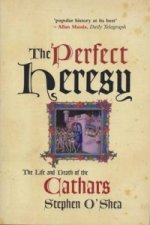
Perfect Heresy
13.31 € -23 % -
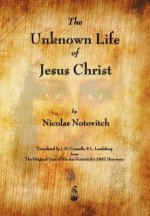
Unknown Life of Jesus Christ
9.62 € -
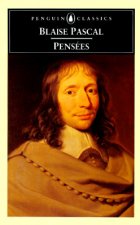
Pensees
12.08 € -16 % -
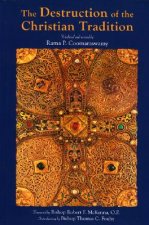
Destruction of the Christian Tradition
33.48 € -
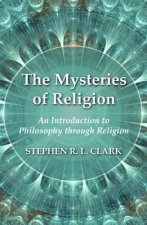
Mysteries of Religion
34.71 € -4 %
Osobný odber Bratislava a 2642 dalších
Copyright ©2008-24 najlacnejsie-knihy.sk Všetky práva vyhradenéSúkromieCookies



 21 miliónov titulov
21 miliónov titulov Vrátenie do mesiaca
Vrátenie do mesiaca 02/210 210 99 (8-15.30h)
02/210 210 99 (8-15.30h)